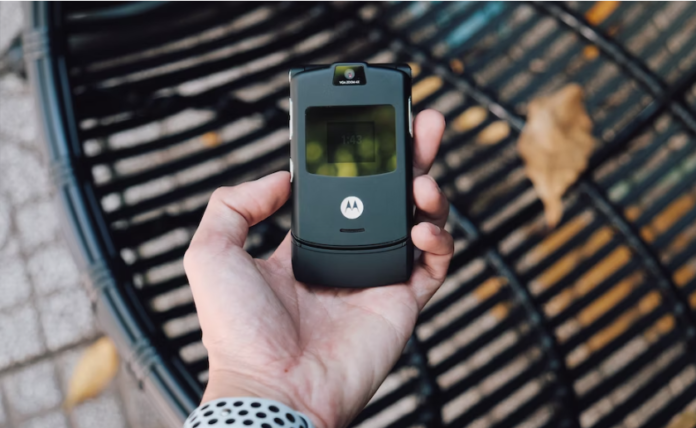Two-way radios provide an instant line of communication that workers can rely on. Cell phones require a wait to call and can be disrupted by network issues or even lost during a natural disaster. Businesses can improve productivity with business radios by ensuring that employees have clear instructions to follow and complete their work efficiently. These devices can also help increase teamwork and build a sense of camaraderie.
They’re Versatile
Handheld radios like the Motorola radio are handy when it comes to emergencies. If the cell network goes down, they can help you communicate with local family members or authorities. They are more affordable than phones since they have a one-time purchase cost and no recurring bill. They also have a bigger coverage range and can withstand harsh environments. Two-way radios allow users to communicate with other employees instantly at the push of a button. They can be used in various ways to improve efficiency within an organization. For example, they can be used to communicate with employees in different facility areas or with dispatchers for scheduling and tracking driver locations.
They’re Easy to Use
Two-way radios can help improve communication among employees. They’re simple to use and operate, unlike smartphones with multiple apps that can be a distraction. Cell phones only allow one-to-one communication and cannot communicate with a group of people at once. Two-way radios are more efficient and can respond quicker to a crisis. Two-way radios have an improved battery life and can be used without a phone service contract or minute top-ups. They can also be connected to a repeater system for increased range. This way, you can stay in touch with the entire team. Even better, they’re not dependent on cell towers or service providers to work, so they’re still available during outages.
They’re Affordable
Two-way radios are a more affordable solution for on-the-job communication than cell phones. With no monthly fees, service contracts, or calling minutes, these handheld devices cost less than the average smartphone and can be shared by employees to cut costs even more. Two-way radios help to keep employees connected and organized. Unlike cell phones, which can get lost or lose connection, radios are reliable and easy to use in any environment. Moreover, commercial two-way radios offer features such as priority interrupt functions to allow callers to disrupt other radio inputs and provide emergency information quickly. They also have long battery life, allowing them to function during shifts without interruption. This helps to increase productivity.
They’re Reliable
Many industries require instant communication between large teams to keep projects on schedule. Unlike smartphones that often have problems with coverage, two-way radios can send out alerts regardless of where workers are located. They are also much more reliable than cell phones since they function without cell towers. Additionally, many models are made to last with a battery power life of over 20 hours.
Some radios offer additional safety features, such as a man-down sensor that can help to locate a worker who has fallen or been injured on the job. They are also glove-friendly, so workers can use them even when wearing work gloves. This can help to increase workplace safety and reduce the risk of costly lawsuits.
They’re Durable
Handheld radios can withstand more abuse than cell phones. They’re designed to withstand drops, being jostled in pockets or bags, and even exposure to abrasions. This durability helps to ensure the continuity of communication when employees are working in challenging environments. Handheld radios can also offer alarms, work tickets, and lone worker monitoring, depending on the model. They’re far less expensive than a company-issued cell phone, so there are no monthly bills or calling minutes to worry about. Plus, they don’t rely on the same networks as cell phones, which could be useless during a network outage.










